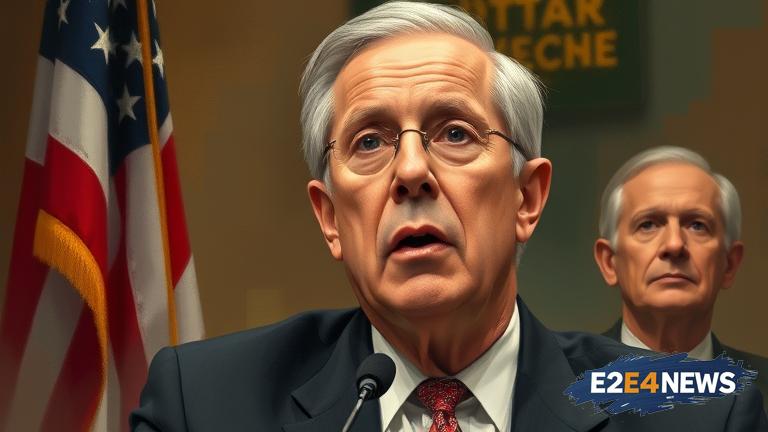The United States government has announced a firm deadline of August 1 for imposing tariffs on Chinese goods, as stated by Commerce Secretary Lutnick. This move is part of the ongoing trade tensions between the two nations. The tariffs are expected to have significant consequences for both countries, with potential impacts on global trade and economic growth. The US government has been negotiating with China to address concerns over trade imbalances and intellectual property protection. However, the talks have been slow to yield results, leading to the imposition of tariffs. The tariffs will affect a wide range of Chinese goods, including electronics, machinery, and textiles. The move is expected to increase costs for American consumers and businesses, potentially leading to higher prices and reduced demand. The Chinese government has vowed to retaliate against the US tariffs, which could lead to a further escalation of the trade war. The trade tensions have already had significant impacts on global financial markets, with stock prices and currency values fluctuating in response to the news. The US government has argued that the tariffs are necessary to protect American industries and jobs, while China has accused the US of engaging in protectionism. The deadline of August 1 has been described as ‘hard’ by Commerce Secretary Lutnick, indicating that there will be no extensions or delays. The US government has also announced plans to impose additional tariffs on other countries, including the European Union and Japan. The move has been criticized by some as a misguided attempt to address trade imbalances, which could ultimately harm the US economy. The trade war has also raised concerns about the potential for a global economic downturn, as other countries may be drawn into the conflict. The US government has attempted to mitigate the impacts of the tariffs by offering support to affected industries, but the move is still expected to have significant consequences. The deadline of August 1 marks a critical point in the trade tensions between the US and China, with the potential for further escalation or resolution. The US government has stated that it is willing to negotiate with China to address concerns, but the tariffs will be imposed if no agreement is reached. The move has significant implications for global trade and economic growth, and will be closely watched by markets and governments around the world.
